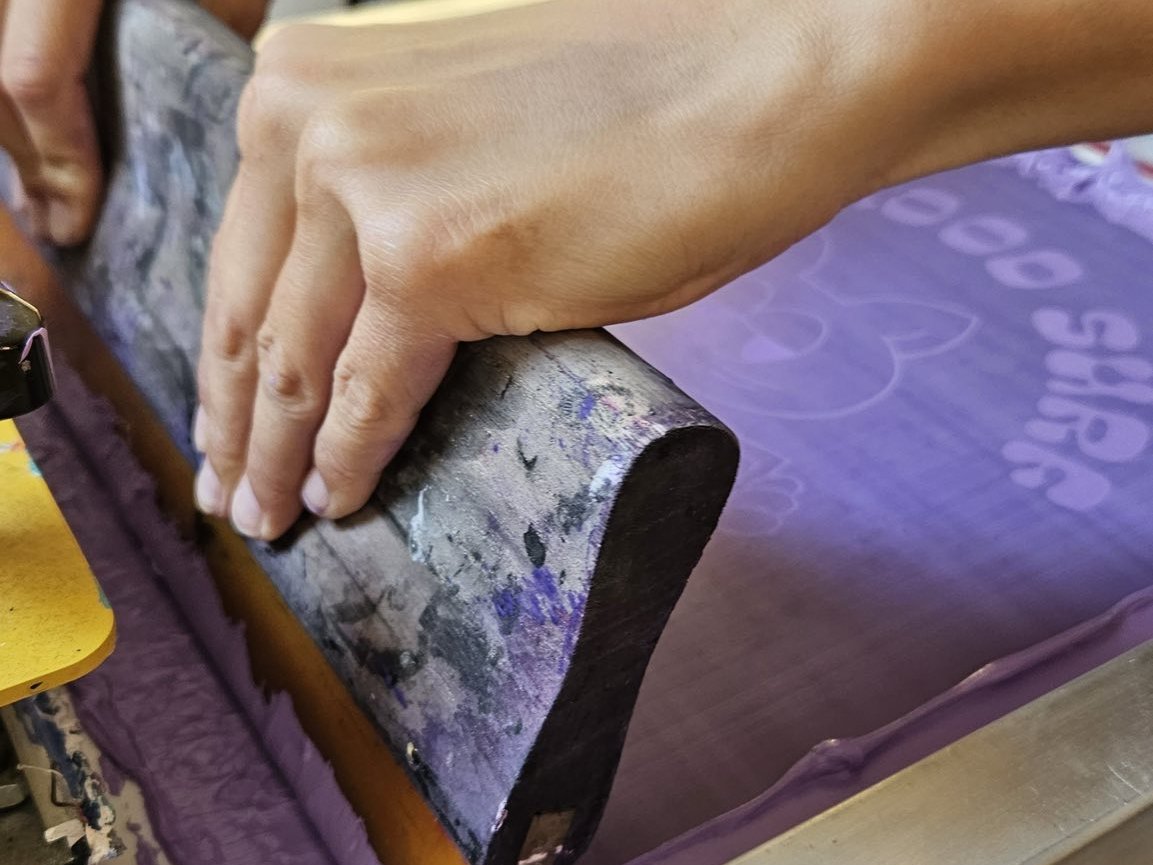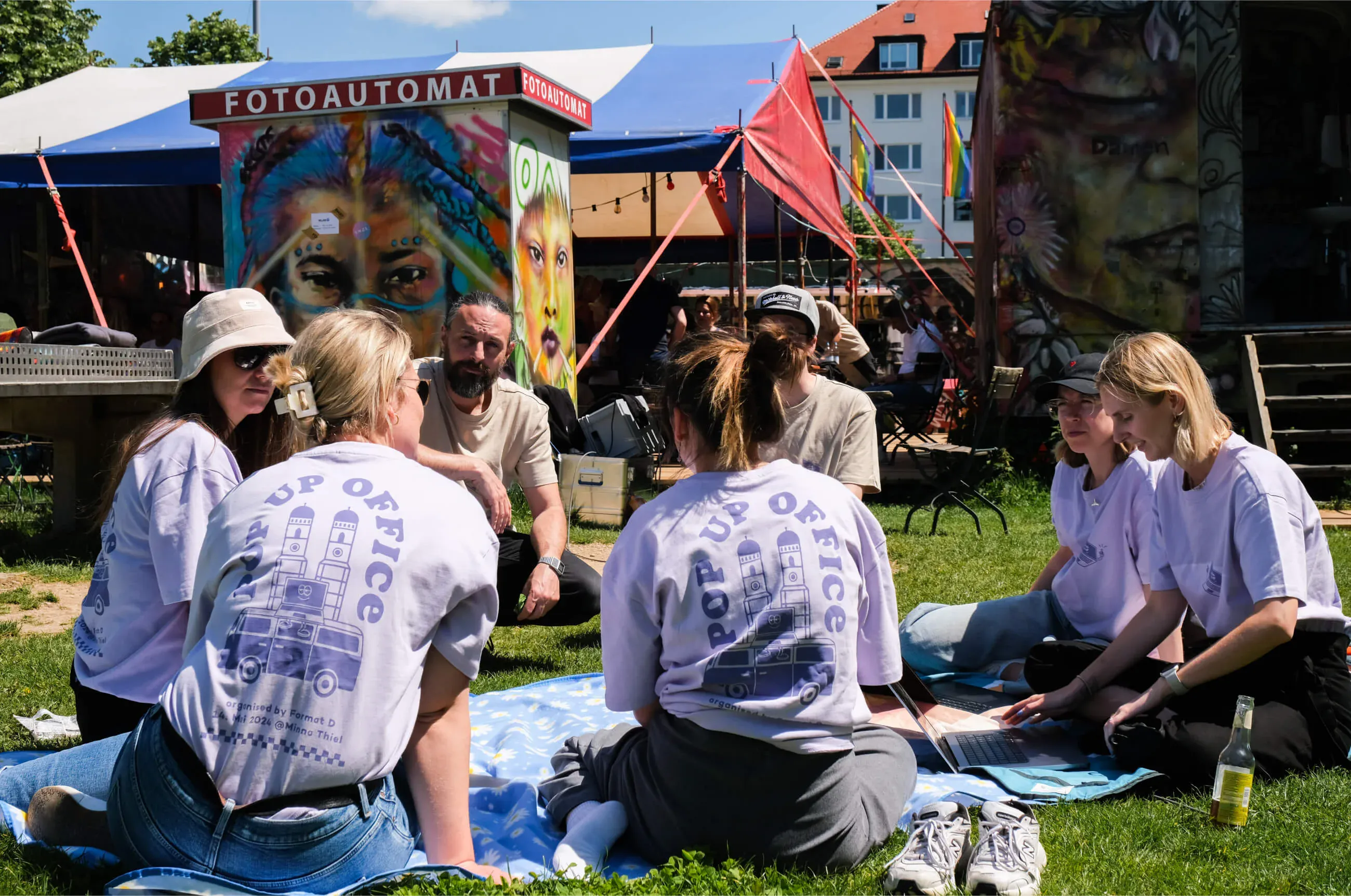Creative Breakout Days

Summary



Why breakout when you like what you do?
Sounds cheesy, but it is. Because we in the design team at Format D are very lucky to be able to take creative freedom in our daily work. But we know it all too well: despite the many methods we use to stimulate our creative streak, we also have low phases, we feel screen-blind and we turn ourselves inside out to let ideas sprout, but they just don't want to.
What helps us in such phases? Getting away from the screen and consciously looking around the creative scene. That's why we occasionally leave our office in our unit and visit other creatives to look over their shoulders as they work.
And of course, as we all know: projects naturally take priority, budgets need to be carefully considered and there's always something to do. A creative breakout day like this costs money and resources. Nevertheless, we have realised that we need a change of scenery from time to time and that it is worth investing in ourselves and our work by doing things that lie outside our daily business.


Need some inspiration?
Here are a few good reasons for our Creative Breakout Days.
Rediscovering simplicity
The digital world is innovative and fast. That's what makes it exciting for us, we feel that we are in tune with the times and have the opportunity to reorient ourselves and react quickly. But at the same time, it can also become too much, too fast. Analogue work is slower by nature: Ctrl Z doesn't simply make up for unsightly faux pas and colours have to be printed to see how they work. As digital designers, this can sometimes challenge our patience and our demand for perfection - skills that, in our experience, can be wonderfully transferred back to digital.
Better problem solving abilities
We have realised that hands-on work can promote a tactile, practical approach to problem solving because it often requires different approaches to work, longer phases of experimentation. This often helps us as designers in retrospect to find solutions that we might have overlooked if we always limited ourselves to digital tools.
Human-centered design
The core of good UX/UI design is understanding human needs and behaviours. When we leave the screen and interact with real objects and new people, it feels like we are making ‘real’ connections. These renew and stabilise so that our design feels human, intuitive and comprehensible again. We also consciously enter the world of other designers who practise a craft that we are usually not yet familiar with. Learning from these people also means continuing to develop as a design unit, remaining curious and remembering that a lot of enquiry and close collaboration makes the end product better.




